Models are the engines behind modern financial decision-making. From credit scoring and capital planning to fraud detection and AML, models drive critical outcomes. But with that power comes risk. Poorly governed models can introduce bias, operational errors, or regulatory scrutiny. That’s why model risk management has become a top priority for boards and regulators alike. And it is also why we have made it a core element of GRC Forge.
During a Forge engagement, one of the focus areas we often explore is the model risk framework. The goal is not to test models themselves, but to understand how your organization governs them. That means examining how models are developed, validated, deployed, and monitored. We look at how model risk ties into broader governance, risk, and compliance processes—because model risk is not just a technical issue, it’s an enterprise one.
Our facilitators lead workshops that go beyond policies on paper. We map out the actual lifecycle of a model in your environment. For example, when a new model is proposed, how is it documented? Who approves it? How are assumptions challenged? When results deviate, who gets notified? We whiteboard these flows with your team, surfacing bottlenecks, ownership gaps, and places where oversight may not be consistent.
A common finding is that while organizations have strong validation policies, execution is uneven. Perhaps stress testing is thorough in capital models but light in operational risk models. Or maybe there is a clear approval process but weak ongoing monitoring once a model is deployed. These gaps emerge quickly in a Forge workshop because stakeholders can speak openly about where the process breaks down in practice.
We also push the discussion toward outcomes. What should your model risk data tell you? Is it feeding into risk appetite reporting? Is it informing your audit planning? Are model inventories current and actionable, or are they static documents? By framing these questions, we help shift the model risk conversation from compliance burden to strategic enabler.
The output of this work is a clear, prioritized roadmap for improving model risk governance. That might include quick wins such as tightening ownership definitions, mid-term initiatives like centralizing model documentation, or longer-term transformation such as integrating model risk with enterprise risk reporting. Whatever the case, the roadmap is grounded in your current maturity and aligned to your regulatory environment.
Because SureStep’s facilitators have guided model risk transformations at both global banks and regional institutions, we bring perspective on what “good” looks like at different scales. We know what examiners expect, but also what is realistic to implement. That balance is what makes the Forge process valuable.
Model risk will only grow in importance as AI and advanced analytics take hold in financial services. A Forge session is the place to assess whether your current framework can keep pace. It is not about pointing out flaws. It is about building confidence that your models can drive growth without exposing your institution to unnecessary risk.
If your organization wants to ensure its model risk framework is both compliant and future-ready, a GRC Forge assessment is the ideal starting point. It helps you see where you stand today, what needs to change, and how to chart the path forward with confidence.








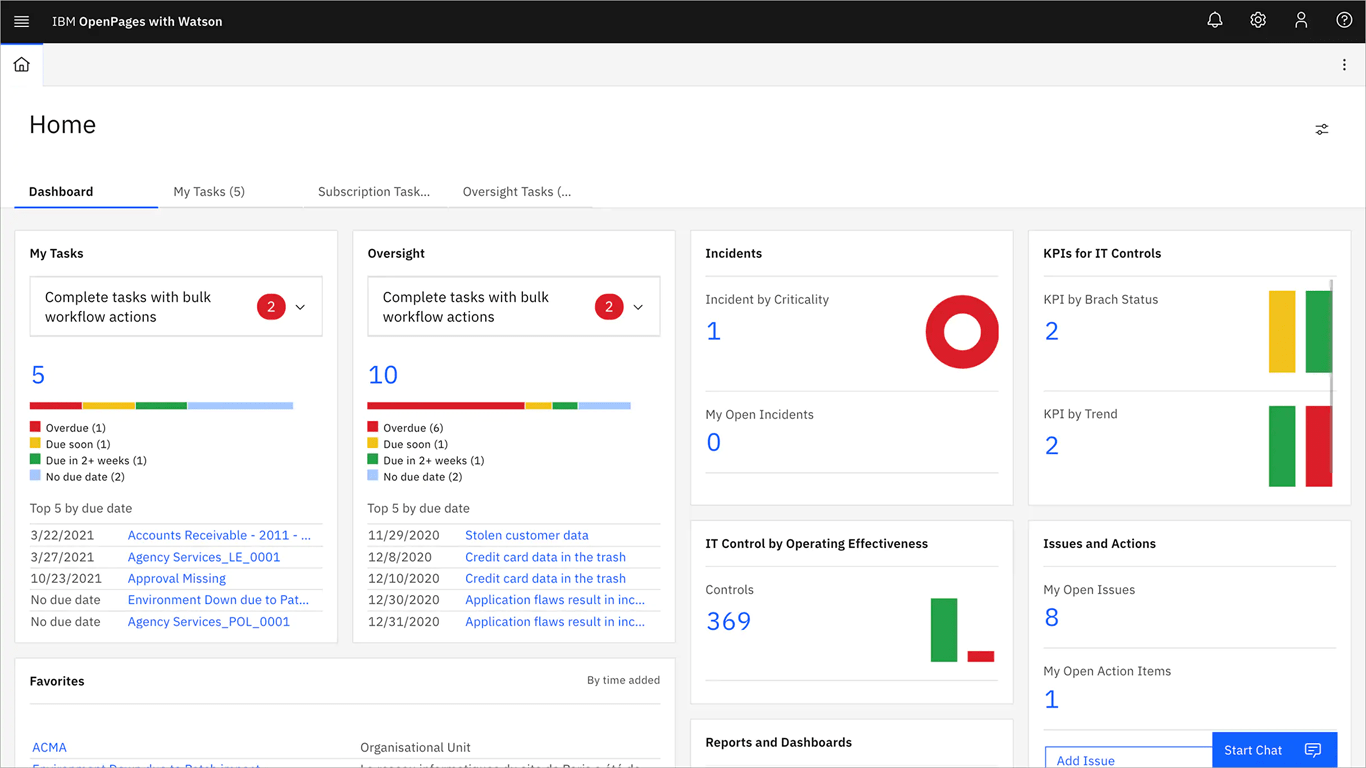


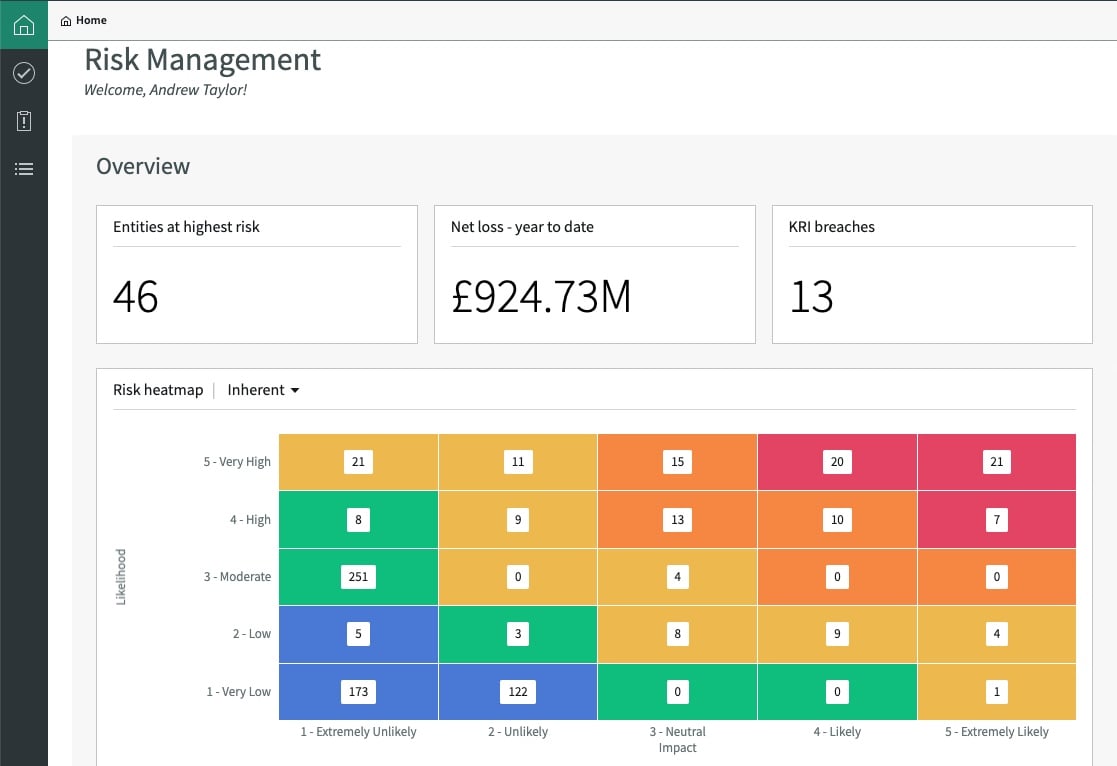


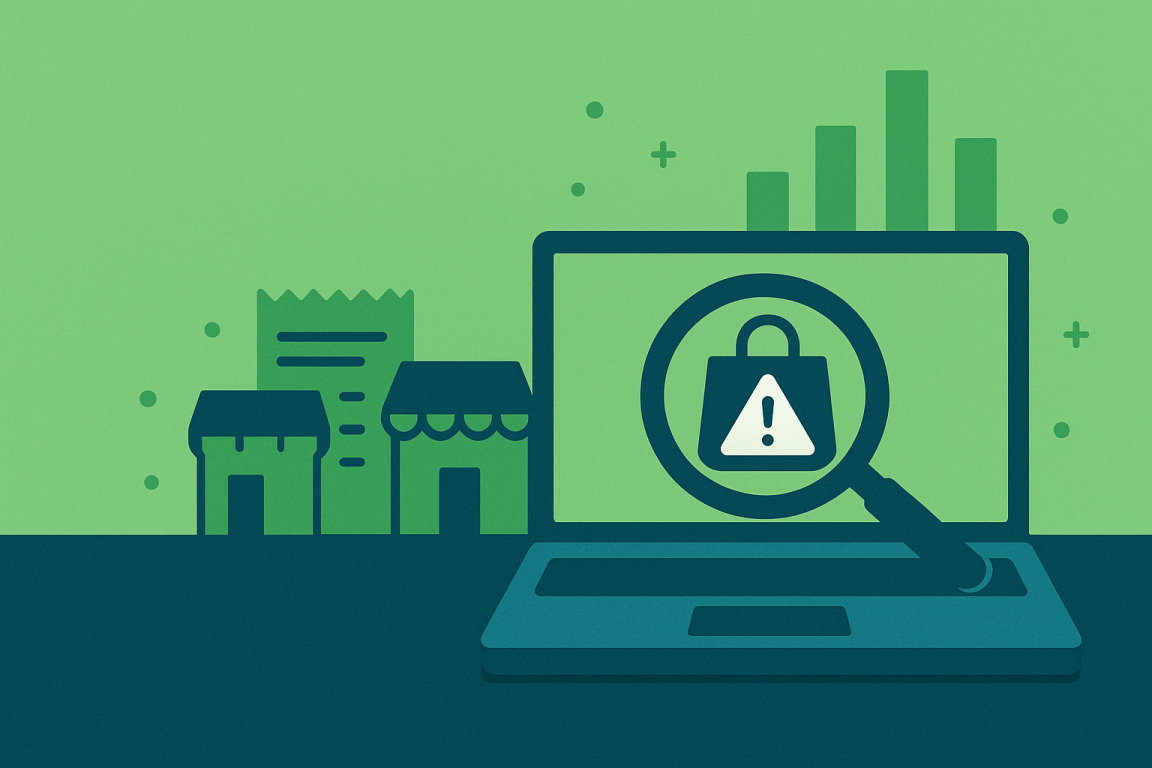



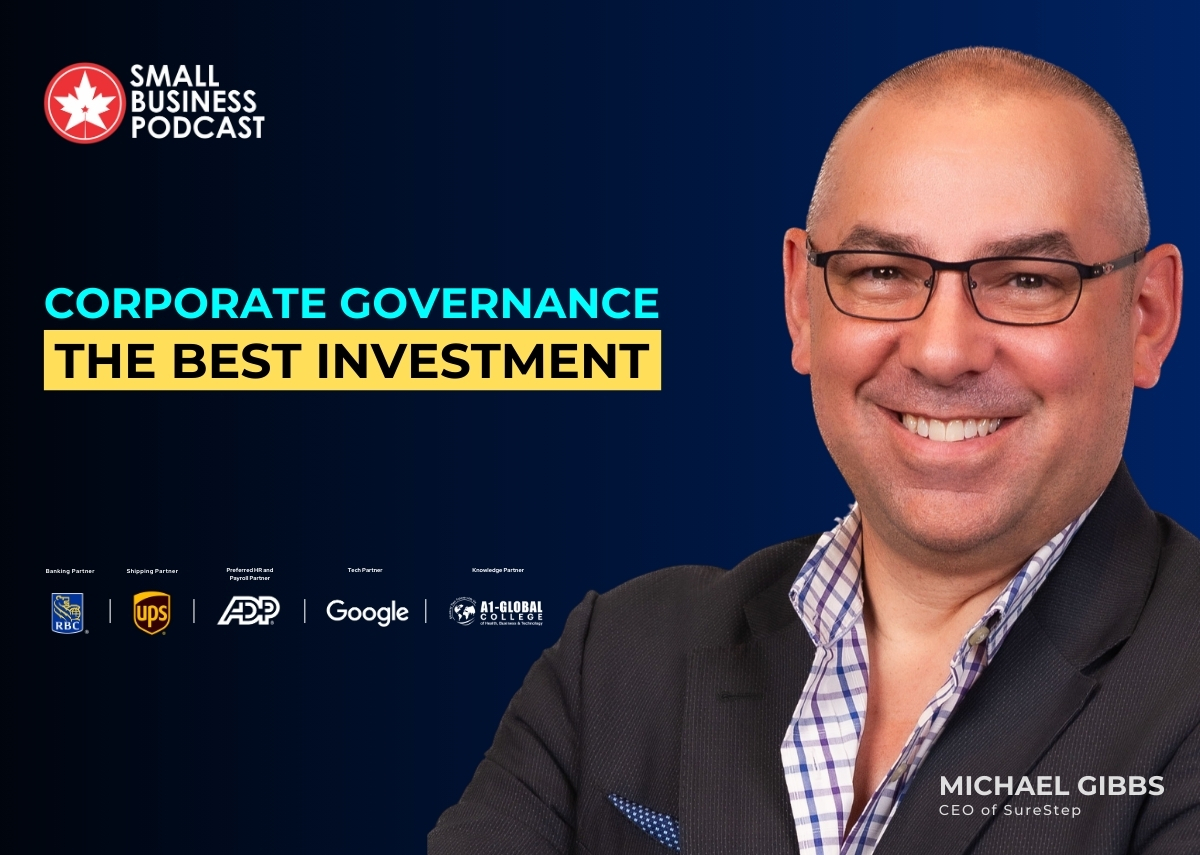
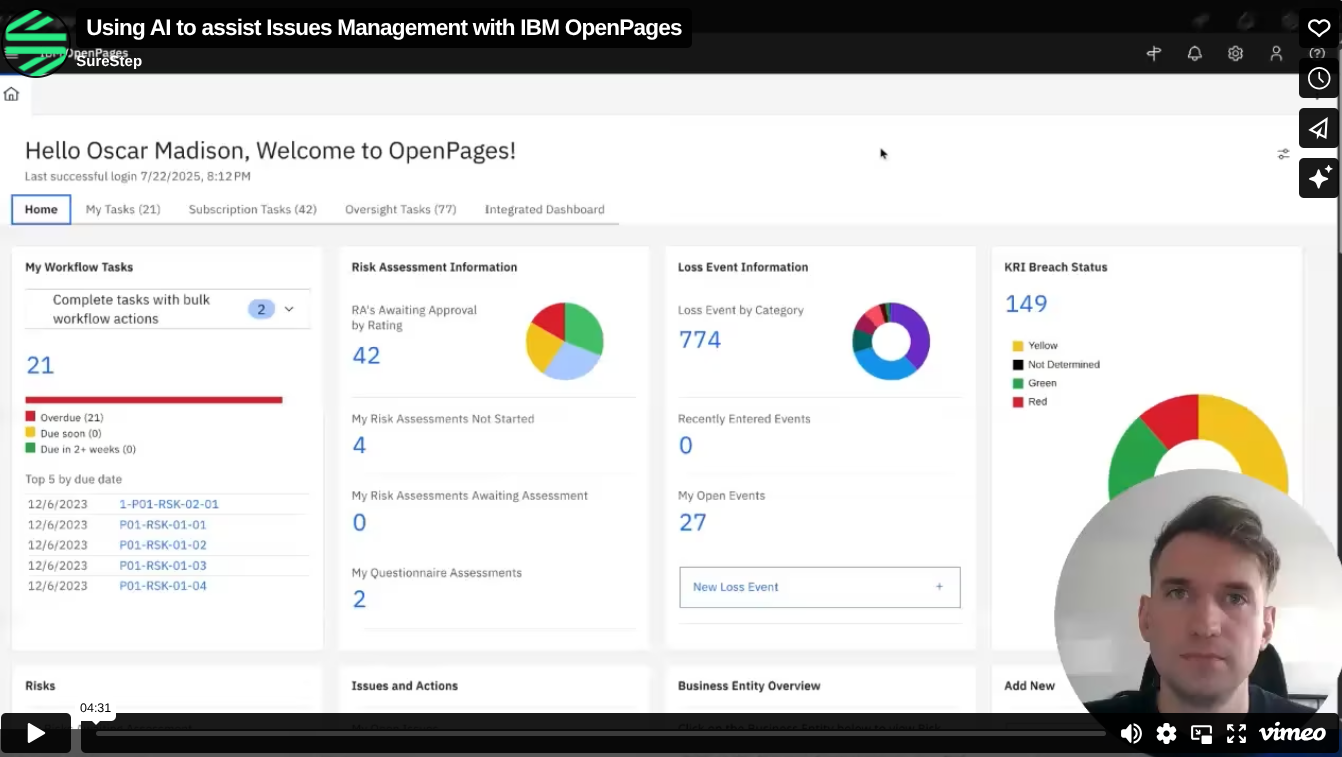




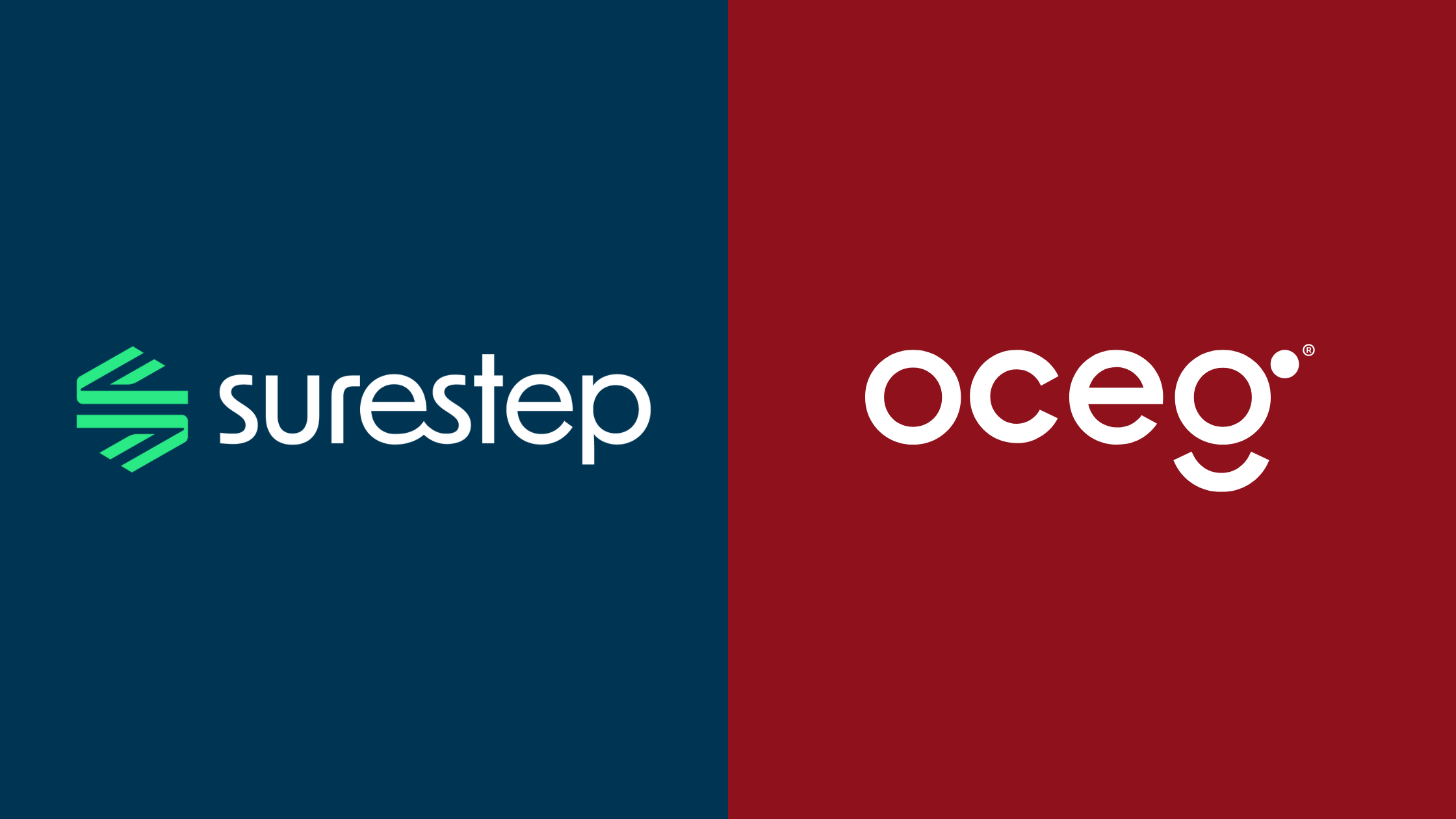
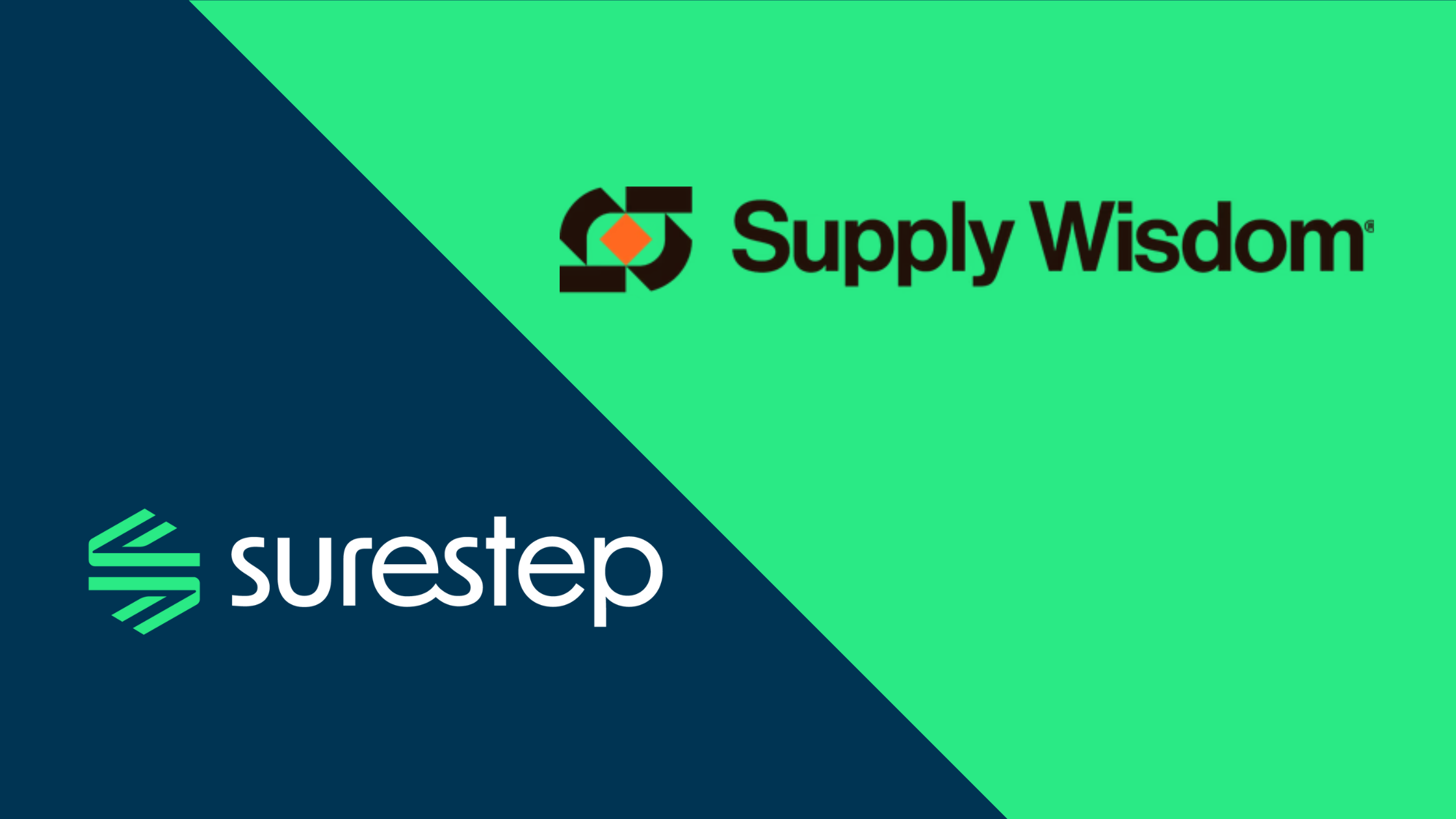

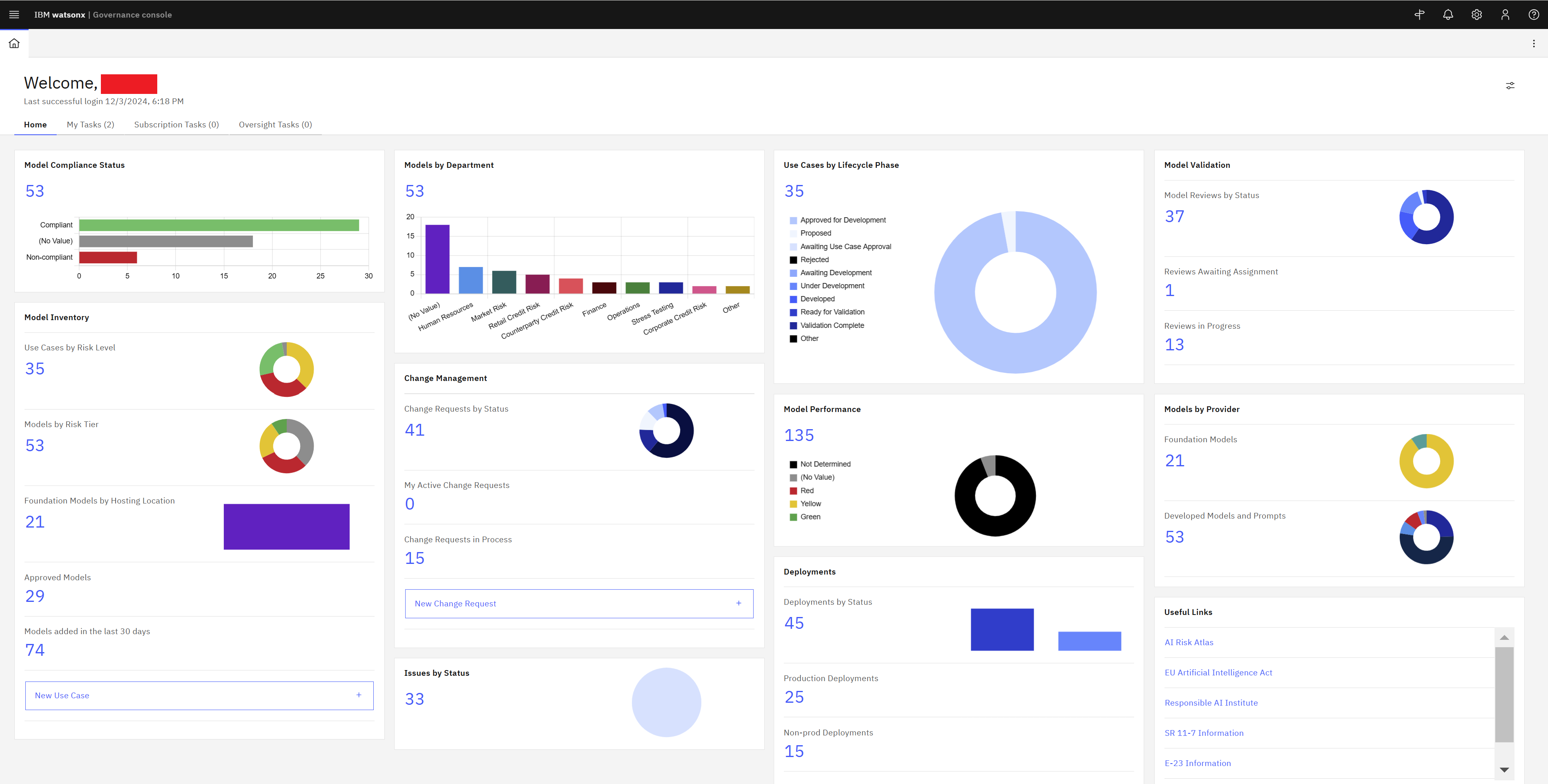

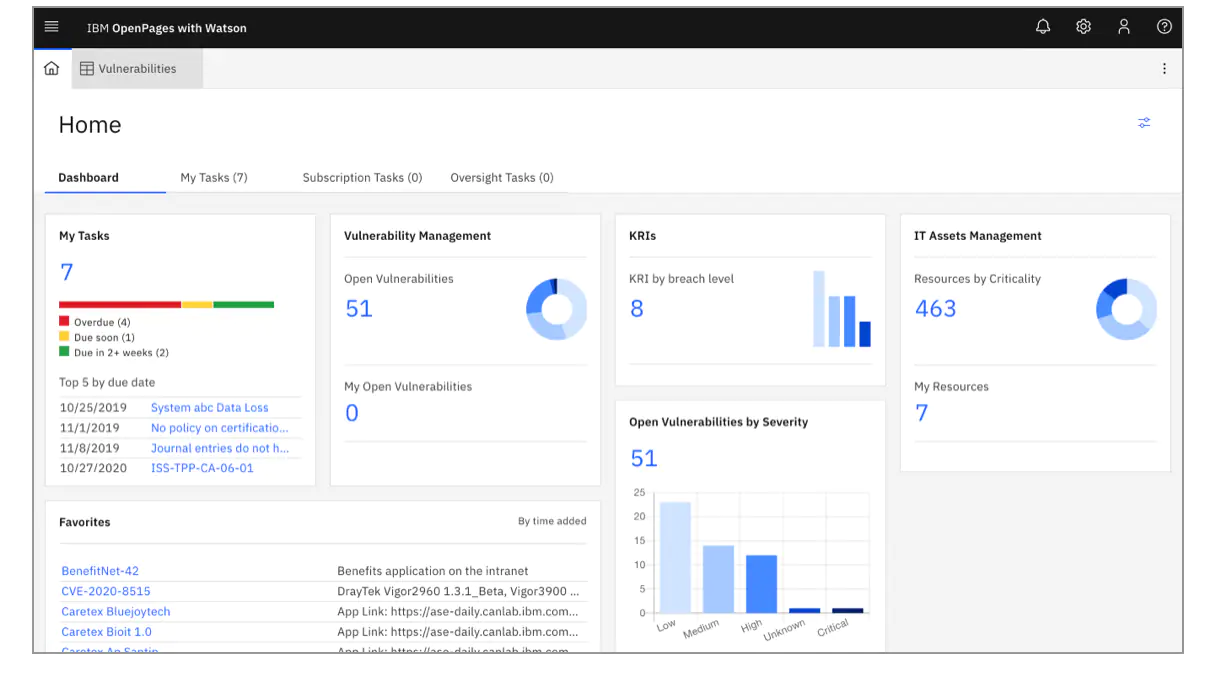
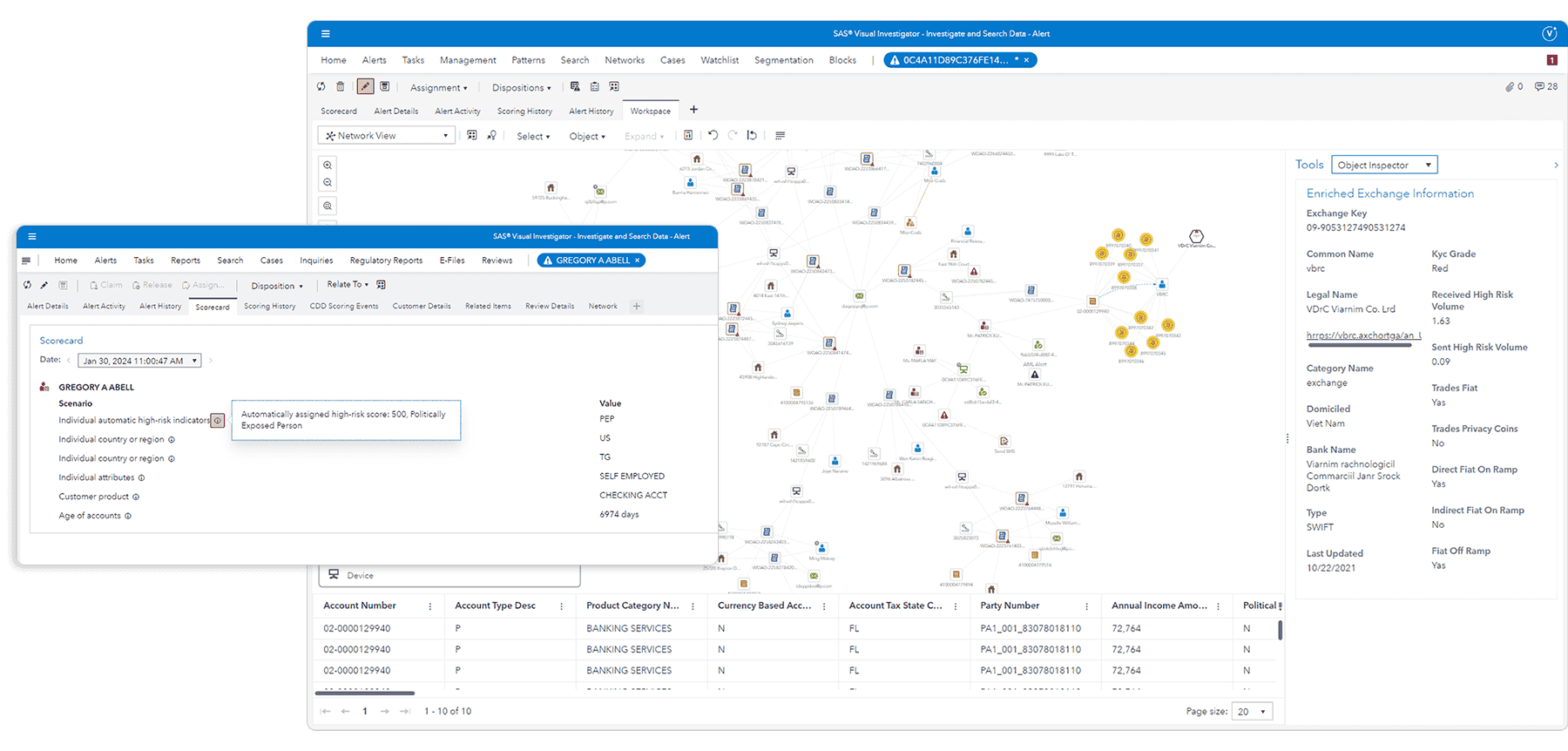
















.webp)

-1.jpg)










.jpg)



























.jpeg)







